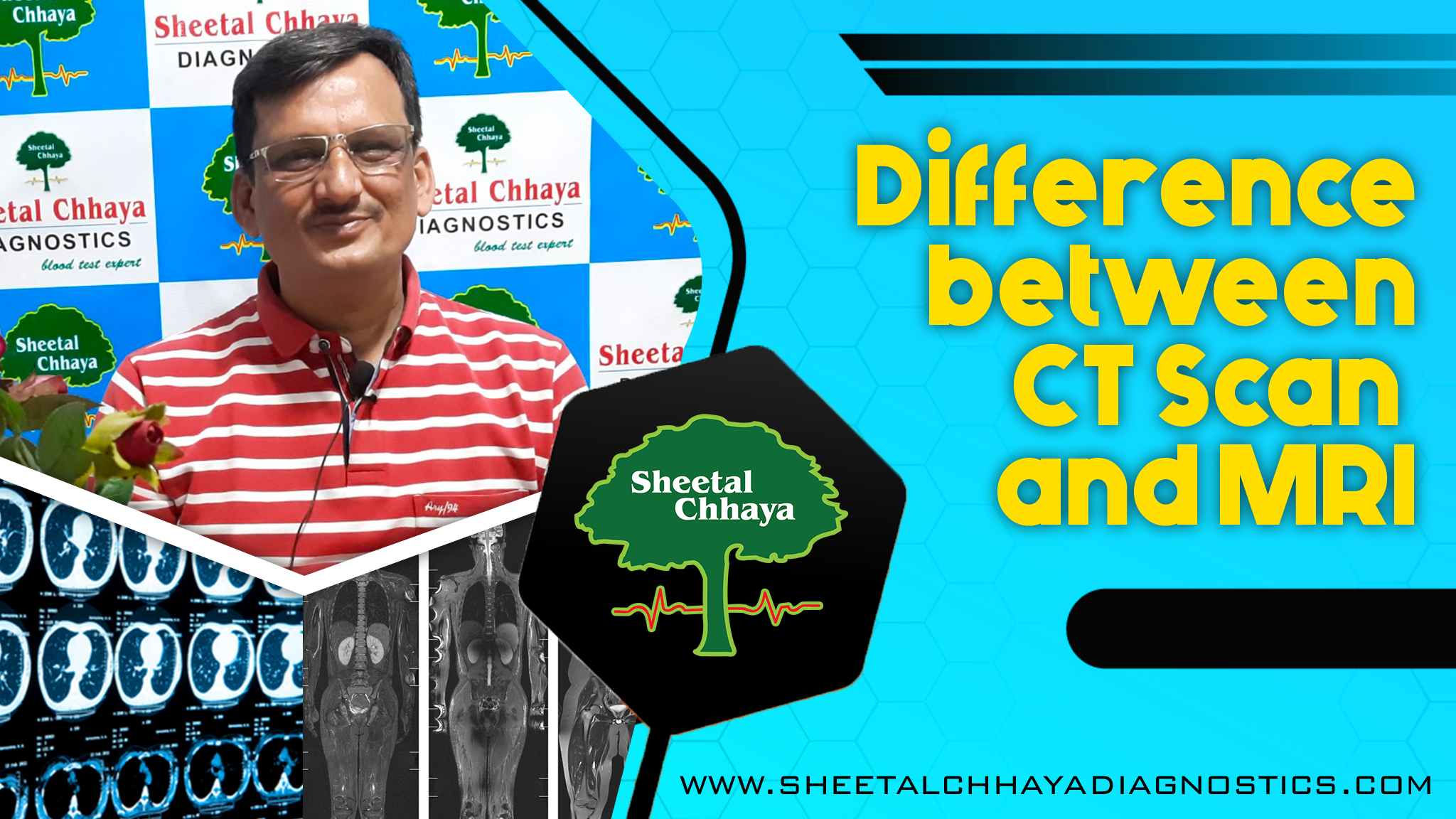
HLA-B27 Blood Test: A Key Diagnostic Tool for Autoimmune Conditions
- 06 Jul, 25
- ajay kaushik

Difference Between CT Scan and MRI
Medical imaging plays a crucial role in diagnosing and monitoring various health conditions. Among the most commonly used imaging techniques are CT (Computed Tomography) scans and MRI (Magnetic Resonance Imaging). While both provide detailed internal images, they differ in technology, applications, and risks. Understanding these differences can help patients and healthcare professionals make informed decisions.
CT Scan: Uses X-ray technology to capture multiple images of the body from different angles, which are then combined to create detailed cross-sectional images.
MRI: Uses powerful magnets and radio waves to generate detailed images of organs and tissues without using radiation.
CT Scan: Involves exposure to ionizing radiation, which can be a concern for frequent scans.
MRI: Does not use radiation, making it safer for repeated use, especially for children and pregnant women (unless otherwise advised).
CT Scan: Provides clearer images of bones, lungs, and blood vessels. It is ideal for detecting fractures, tumors, internal bleeding, and lung diseases.
MRI: Offers superior soft tissue contrast, making it better for evaluating the brain, spinal cord, joints, muscles, and organs like the liver and kidneys.
CT Scan: Faster and usually completed within a few minutes, making it ideal for emergency cases like stroke or internal injuries.
MRI: Takes longer (30 minutes to an hour or more) due to detailed imaging, which requires the patient to stay still for extended periods.
CT Scan: Generally more affordable compared to MRI.
MRI: Tends to be more expensive due to the complexity of the technology involved.
CT Scan: Safe for most individuals but not recommended for pregnant women due to radiation exposure.
MRI: Not suitable for patients with metal implants, pacemakers, or claustrophobia (though open MRI options exist).
You need to Login OR Register for comment.
Comments (0)